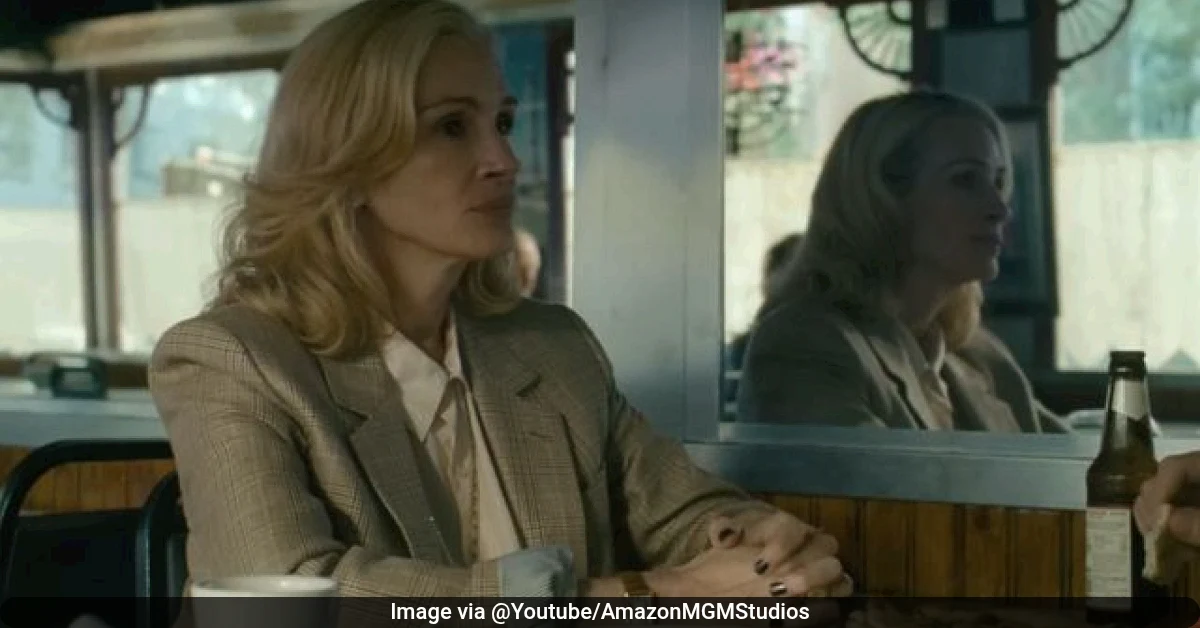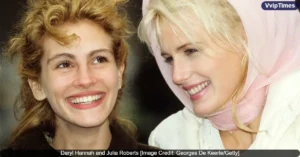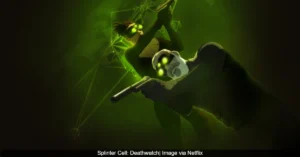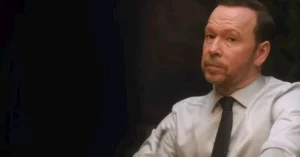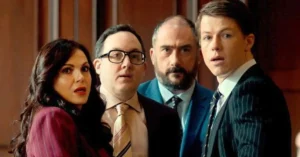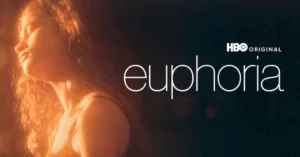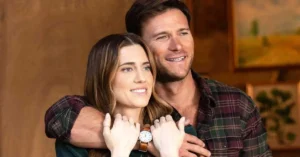The new film After The Hunt, starring Julia Roberts, is designed to make viewers question everything they see. Directed by Luca Guadagnino, this campus drama revolves around a shocking accusation but refuses to give easy answers, leaving its final meaning in the hands of the audience.
The story follows Alma Imhoff (Julia Roberts), a Yale philosophy professor whose life is upended when her student, Maggie (Ayo Edebiri), accuses Alma’s close colleague and friend, Hank (Andrew Garfield), of sexual assault. Alma is torn between supporting her student and believing her friend, a conflict that brings her own buried trauma to the surface. The film builds suspense not on what happened, but on who you choose to believe.
The Central Mystery: What Really Happened?
The core of the film’s tension is a question that is never definitively answered: did Hank assault Maggie? The movie provides evidence for both sides but deliberately avoids a clear resolution.
Throughout the film, Maggie’s account is questioned. She is portrayed as anxious and potentially manipulative, with the film’s score and close-ups sometimes suggesting she is not being entirely truthful. Hank, for his part, denies the allegations and claims that Maggie is retaliating because he confronted her about plagiarism.
However, a key scene late in the film casts serious doubt on Hank’s character. In a private meeting with Alma, a distraught Hank kisses her aggressively after she explicitly tells him to stop. She has to physically shove him off. This moment establishes a pattern of him disregarding consent, lending significant credibility to Maggie’s version of events.
Alma’s Hidden Past and Motivations
The movie reveals that After The Hunt is less about the accusation itself and more about how Alma’s own history shapes her reaction to it. During a moment of crisis, Alma confesses a long-held secret to her husband, Frederik.
She reveals that when she was a 15-year-old in Sweden, she had a relationship with an adult family friend. When it ended, she told people he had abused her. The man subsequently died by suicide. Alma now says they were in love and that she fabricated the story to hurt him, a decision she has regretted ever since.
This confession recontextualizes her entire character. Her reluctance to support Maggie publicly is not just about professional rivalry or loyalty to Hank; it is driven by a deep, personal guilt. Despite Alma viewing herself as the villain in her own story, the film makes it clear that she was a child and was taken advantage of by an adult.
The Final Showdown Five Years Later
The film jumps forward five years to a meeting between Alma and Maggie at a restaurant. The power dynamic between them has completely shifted. The once-anxious student is now self-assured, and the formidable professor seems almost wary.
Maggie reveals that she has long given up on the idea of retribution. Hank lost his job at Yale but now has a lucrative job working as a spin doctor for a Democrat. Most surprisingly, Alma has not only recovered from the professional fallout but has been promoted to dean of Yale.
Their conversation is cold and frank. Maggie admits, “I spent so long wishing for you to fail,” and confesses she didn’t know if she wanted to be Alma or be with her. Alma seems largely unmoved. They speak with the honesty of two people who no longer need anything from each other, and their meeting ends abruptly with Maggie paying the bill and leaving.
An Ending Designed for Debate
The final scene is perhaps the film’s most discussed element. As Alma leaves the restaurant, a voice can be heard yelling “Cut!” from off-screen. Director Luca Guadagnino added this breaking of the fourth wall intentionally.
He was inspired by the ending of Giuseppe Verdi’s opera Falstaff, where all the characters declare that “Everything in the world is comedy.” Guadagnino wanted to leave the audience with an open-ended conclusion, allowing each viewer to form their own interpretation of the story they just watched. He believes that providing a definitive answer would take away from the individual experience.
This unconventional ending replaced a much more straightforward one originally written by screenwriter Nora Garrett. The initial plan was for Alma to give up her career to support Maggie in court. Guadagnino felt this was less realistic and opted for an ambiguous finale that is more true to life, where systemic power often remains unchallenged and justice is rarely perfect.
The Bigger Picture: A System That Keeps Winning
The fates of the three main characters deliver the film’s central critique. While Maggie seems to be in a better personal place, she acknowledges that she will never get the justice she sought. Hank, who claimed his life was ruined, has landed a high-paying job. Alma, after hitting rock bottom, has been elevated to an even more powerful position.
The film suggests that in the real world, the structures of power are remarkably resilient. People are pitted against one another in searches for truth, but the system itself often continues unchanged, protecting those in charge and offering little real recourse for those who are wronged.
Also Read: Jacob Elordi Finishes Filming Euphoria Season 3, Calls Experience “Liberating”

